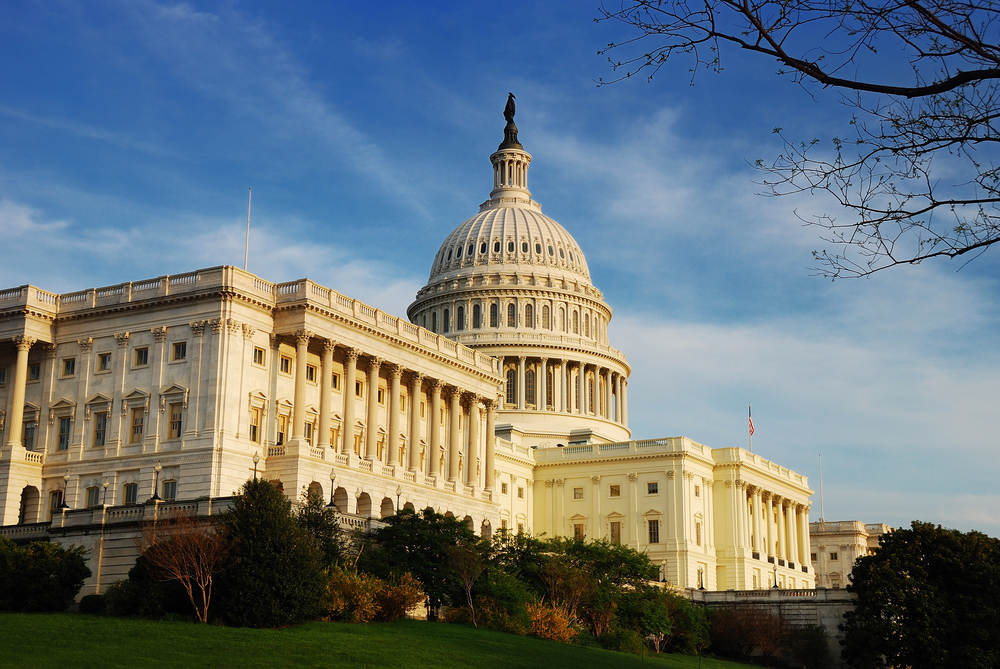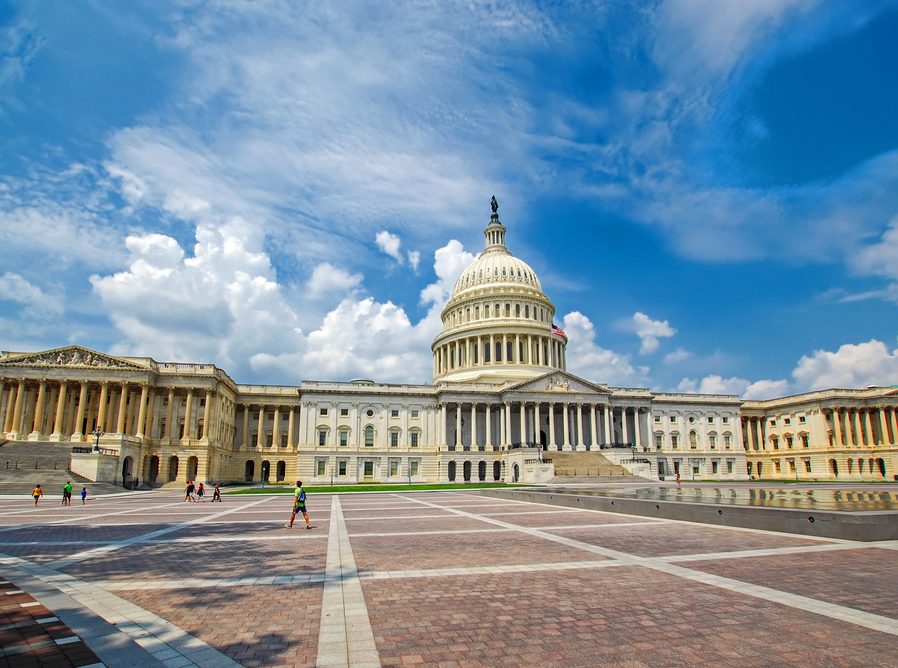APCIA Annual Meeting 2025: Industry Competition, Affordability and Legal System Abuse

By Dave Evans
Last week, the American Property Casualty Insurance Association (APCIA) hosted its annual meeting in Orlando, Florida, where the topics included the necessity of industry collaboration to deal with affordability and availability challenges, as well as legal system abuse.
The conference kicked off with the keynote address from Dino Robusto, executive chairman of the board of CNA and APCIA. Robusto warned against an emerging “populism” that misrepresents the insurance industry’s performance.
The foundation of the insurance industry is trust and the insurance industry delivers on its promises to businesses and consumers by spreading risk in an efficient way. However, a catalyst behind the public’s increasing skepticism is the excessive plaintiff spending by law firms, which fuels a general apathy and growing distrust of the industry’s fairness.

📅Free Dec. 10 Webinar: Streamline Your Quoting Workflows
Robusto cited the property & casualty insurance market’s 6% return, which pales when compared to the 14% return for many industries. He urged the industry to unite in its messaging that the public benefits from its competitiveness and emphasized the need to rebut false narratives.
Florida Gov. Ron DeSantis also addressed attendees, discussing the status of the Florida insurance market as a result of the reforms enacted since he took office in 2019. Gov. DeSantis explained that Florida’s judicial environment posed a major challenge to insurance companies’ ability to offer competitive rates to consumers. The state experienced 8% of the nation’s property insurance claims but accounted for 78% of total claims litigation, according to Gov. DeSantis.
He emphasized that Florida’s legal system reforms—which included elimination of “one-way fees” and modification of bad-faith rules when insurers are sued—were not accomplished overnight. However, Gov. DeSantis pointed out that the effort was worthwhile, resulting in 17 new insurers entering the state and more capital being provided by existing carriers, as well as a substantial number of rate decreases.
A later session further highlighted how Florida’s private markets are gaining more policyholders from the state-run Citizens Property Insurance Corporation, as legal reforms, enhanced building codes and other measures have helped to reduce skyrocketing insurance premiums in Florida.
Another session addressed the growing inability of American consumers to purchase a home due to record-high ownership costs, including property insurance. The panel, which included representation from the banking, building, and insurance communities, emphasized that, on average, consumers now require double the salary to afford a comparable house today compared to 2019. Construction costs, higher interest rates, property taxes, and insurance premiums are the primary factors.
To solve this challenge, the panel highlighted how insurers, builders, lenders and realtors are working together to provide affordability solutions, one of which is encouraging more multi-family housing.
As insurance companies and reinsurers grapple with economic uncertainty, another session, featuring University of South Carolina professor Robert Hartwig, Ph.D, focused on how reinsurance can deal with the increasingly volatile environment.
Hartwig pointed out that severe convective storm trends are causing anxiety among insurers, noting that 60% of global property losses are attributable to severe convective storm claims. He also raised the impacts of legal system abuse, which costs each U.S. household $4,000-$6,000 a year. Of particular concern to independent insurance agents is that legal system abuse is driving insurance companies to consider going from a claims-made to occurrence policies, Hartwig added.
More on Legal System Abuse
In a panel unpacking the impact of legal system abuse on U.S. consumers, Gareth Kennedy, property & casualty actuary at EY; Adam Blinick, senior director of public policy and communications, U.S. and Canada, at Uber; and Nathan Morris, senior counsel for litigation policy and risk mitigation at Johnson & Johnson; discussed the enormity of the challenge legal system abuse presents.
EY estimates that direct costs paid by casualty insurers to third-party litigation funders will be as much as $25 billion between 2024-2028. Panelists emphasized that lasting legal system reform requires the cooperation of all stakeholders.
As the Big “I” and APCIA, along with other industry groups, continue to curb the growth of legal system abuse, independent insurance agents serve as frontline communicators to their customers to reinforce the trust that is essential for a healthy industry.
Dave Evans is a senior associate with insurance marketing firm Aartrijk, based in Fairfax, Virginia.









